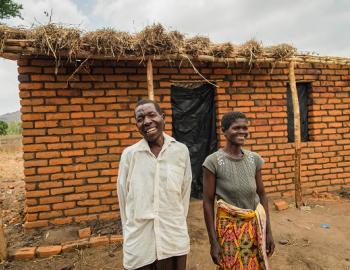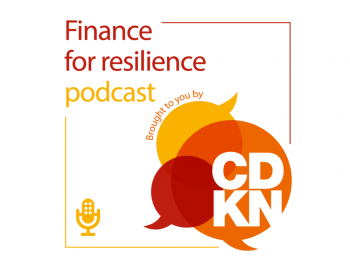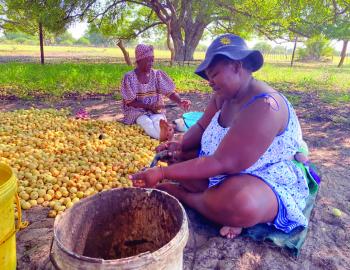Outlook : Pakistan Special Edition
Outlook : Pakistan Special Edition
Farmers like Bilal Ashiq in Southern Punjab, Pakistan, worry about increasingly frequent and intense floods and how they could affect their families’ property: “Winds are happening earlier than usual. It is worrying because we might get floods earlier, too.” Last year, floods washed away a third of Bilal’s farm – what could they do again?
In Pakistan’s national government, the calamity of the country’s devastating 2010 floods is still fresh in policy-makers’ minds. During this disaster, 20 million people were displaced from their homes and thousands died. Although this extreme disaster hasn’t been repeated yet, it seems that torrential rains and flooding are becoming more common and it’s getting harder to cope.
Most recently, torrential rains have been wreaking havoc in the mountainous northern parts of the country with flash floods washing away entire villages, such as that in Chitral in the Hindukush Range. Experts predict such events will become more frequent and intense in the future.
Pakistan is among the world’s lowest emitters of the greenhouse gases that are driving climate change, but it ranks among the world’s most vulnerable countries to climate change. The country is highly dependent on the Indus River system, which is at the mercy of increasingly fast-melting glaciers and a more erratic monsoon.
Major disasters have spurred government interest in taking action on disaster risk reduction (DRR) and climate change adaptation. National and Provincial Disaster Management Authorities have been set up, in addition to the federal Ministry of Climate Change. The country adopted a National Climate Change Policy in 2012.
CDKN is working with government, business and civil society in Pakistan to take a more proactive approach to planning and preparing for climate-related disasters. The national government is also paying increasing attention to reducing greenhouse gas emissions, so that Pakistan can do its part toward limiting climate change on a global scale. Although Pakistan has low greenhouse gas emissions, there are opportunities for development that is low-carbon as well as climate-resilient: opportunities to look at climate-compatible development in a holistic way.
From reducing emissions in the major manufacturing industries of Sialkot, Punjab to promoting smart disaster preparedness and micro-insurance for the poor in the most flood-affected areas, this special edition of ‘Climate and Development Outlook – Stories of Change from CDKN’ takes a tour of CDKN’s extensive work across Pakistan.



